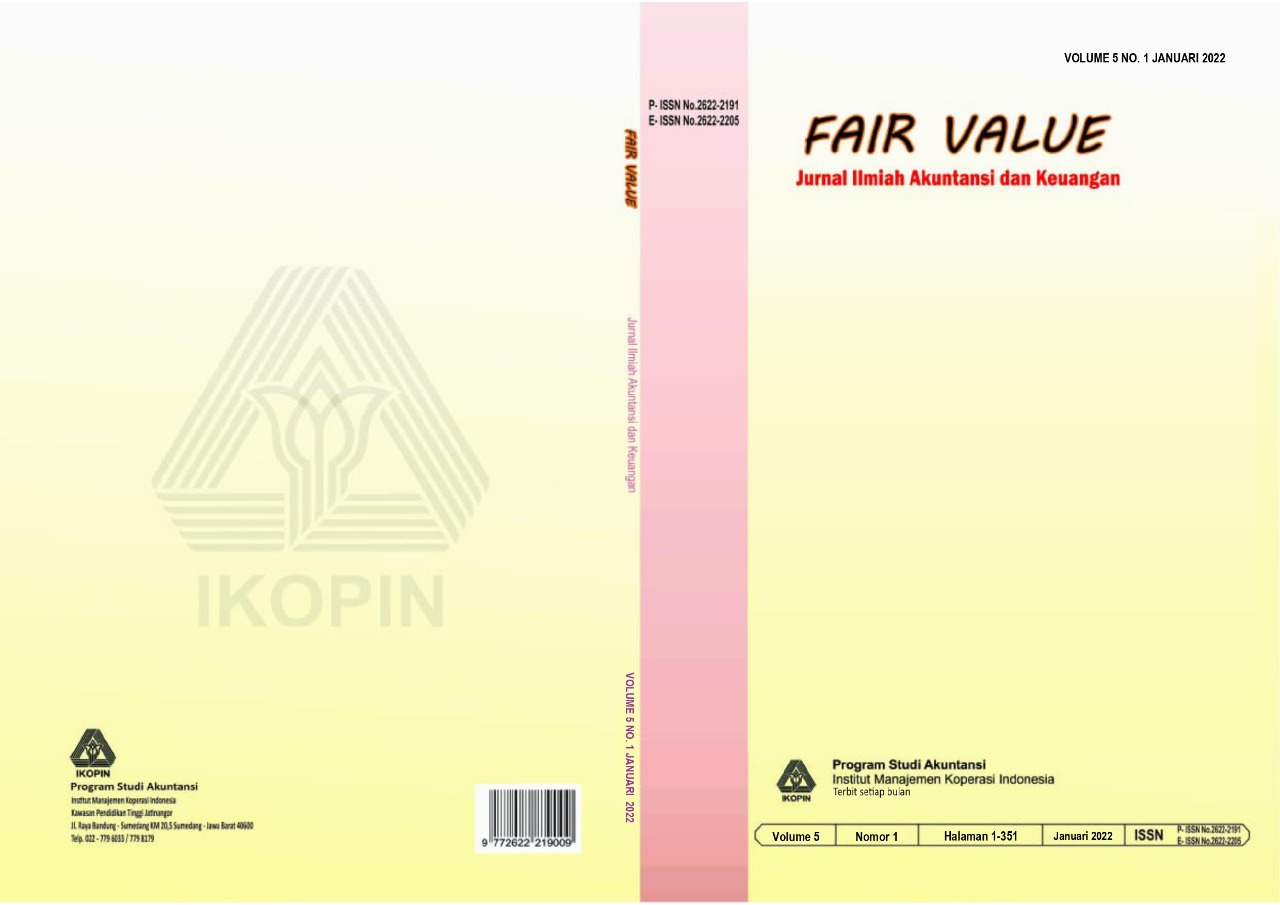SWOT analysis as HR development and performance assessment PT. Santosa Kurnia Jaya
Main Article Content
Abstract
This research was conducted at PT. Santosa Kurnia Jaya to determine the company's business strategy by analyzing the company's strengths, weaknesses, opportunities, and threats. The type of approach taken is to use qualitative methods through SWOT analysis, then analyzed using IFAS and EFAS matrices to get the right business strategy for PT. Santosa Kurnia Jaya. Based on the results of the SWOT analysis in this company improving human resource development and employee performance is good, because refers to the results of the IFAS and EFAS matrices, from the internal factor analysis (IFAS), namely, the company shows that the quality of production results has a major effect on the survival of the company. The results of the IFAS table, found that the high market demand and company image greatly affect the company. At this time the company is in the business development phase because its in the I SO quadrant position (2.572; 2.277). PT. Santosa Kurnia Jaya is also trying to maintain the development of human resources following the company. For employee performance and tries to improve the performance of its employees to achieve the goals following the company's expectations. The right strategy that must be used is the Strength-Opportunities strategy.
Article Details
References
Albrecht, S. L., Bakker, A. B., Gruman, J. A., Macey, W. H., & Saks, A. M. (2015). Employee engagement, human resource management practices and competitive advantage. Journal of Organizational Effectiveness: People and Performance, 2(1), 7–35. https://doi.org/10.1108/JOEPP-08-2014-0042
Anitha. (2014). Determinants of employee engagement and their impact on employee performance. International Journal of Productivity and Performance Management, 63(3), 308–323. https://doi.org/10.1108/IJPPM-01-2013-0008
David, F. R., Creek, S. A., & David, F. R. (2019). What is the key to effective SWOT analysis, including AQCD factors. SAM Advanced Management Journal, 84(1), 25–35.
Elnaga, A., & Imran, A. (2013). The effect of training on employee performance. European Journal of Business and Management, 5(4), 137–147.
Gürel, E., & Tat, M. (2017). Swot analysis: A theoretical review. The Journal of International Social Research, 10(5), 994–1006.
Istiqomah, A. (2017). Strategi pengembangan Sumber Daya Manusia sebagai upaya untuk meningkatkan kinerja aparatur desa dengan menggunakan analisis SWOT. Jurnal Universitas Negeri Malang, 1(1), 1–9.
Karim, M. M., Choudhury, M. M., & Latif, W. Bin. (2019). The impact of training and development on employees’ performance: An analysis of quantitative data. Noble International Journal of Business and Management Research, 3(2), 25–33.
Legge, K. (2014). Human resource management: a critical analysis. In New perspectives on human resource management (pp. 19–40). Routledge.
Martínez-Jurado, P. J., Moyano-Fuentes, J., & Jerez-Gómez, P. (2014). Human resource management in Lean Production adoption and implementation processes: Success factors in the aeronautics industry. BRQ Business Research Quarterly, 17(1), 47–68.
Nurbiyati, T. (2015). Evaluasi pengembangan sumber daya manusia: Sebuah review. Kajian Bisnis Sekolah Tinggi Ilmu Ekonomi Widya Wiwaha, 23(1), 52–63.
Obiekwe, O. (2018). Human capital development and organizational survival: A theoretical review. International Journal of Management and Sustainability, 7(4), 194–203.
Rangkuti, F. (2013). SWOT–Balanced Scorecard. Gramedia Pustaka Utama.
Sarosa, S. (2017). Penelitian kualitatif dasar-dasar. Permata Puri Media.
Sarsby, A. (2016). SWOT analysis. Lulu. com.
Stone, R. J., Cox, A., & Gavin, M. (2020). Human resource management. John Wiley & Sons.
Suksup, C., Pimdee, P., & Sirijarupat, P. (2020). Educational human resources management strategy SWOT analysis for Thailand’s OBEC. International Journal of Innovation, Creativity and Change, 13(1), 105–120.
Sunarsi, D. (2018). Pengembangan sumber daya manusia strategik & karakterisrik sistem pendukungnya: Sebuah tinjauan. Jurnal Ilmiah MEA (Manajemen, Ekonomi, & Akuntansi), 2(3), 178–194.
Sunyoto, D. (2017). Manajemen sumber daya manusia. Center For Academic Publisher Service.
Townley, B. (2019). Foucault, power/knowledge, and its relevance for human resource management. In Postmodern Management Theory (pp. 215–242). Routledge.

